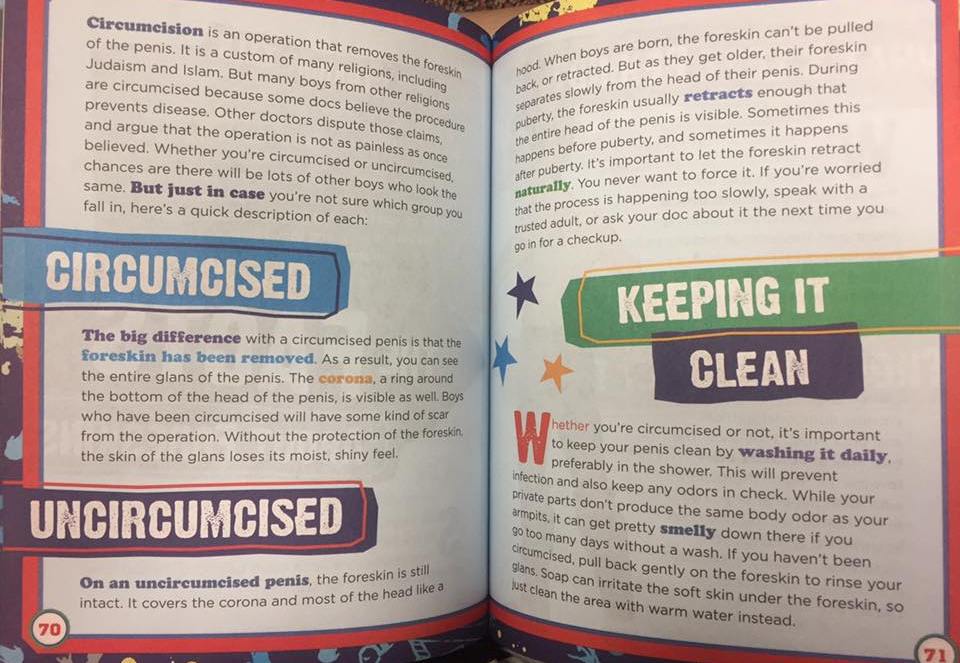In the United States, many students in healthcare-related fields receive inadequate education on the structure and functions of the prepuce (foreskin), as well as proper care of the intact penis. As a result, medical professionals may perpetuate long-held myths surrounding the natural penis and contribute to the resistance toward leaving babies’ penises intact (not circumcised) at birth. Improving upon the scarce or inaccurate information provided to the next generation of healthcare workers is crucial for reassuring parents and patients that they need not fear the natural, whole penis.
Your Whole Baby has begun reaching out to authors and publishers in an effort to improve the quality of medical textbooks. We will be rating textbooks using a five-star system, based on the thoroughness and accuracy of the information they provide on the foreskin and care of the intact penis at all stages of life.
Do you know of a textbook that contains damaging, misleading, or incorrect information about the foreskin, penile hygiene, or circumcision? Alternatively, do you know of a textbook that contains thorough and accurate information? If so, please submit the textbook title for review.
(5 out of 5)
The 8th edition of this book features significant improvements, including a revised drawing showing a full cross-section of the prepuce. The text includes a detailed description of the prepuce, including its purpose, functions, and non-retractable nature for several years (possibly through puberty). In addition, it also describes smegma and the frenulum. Perhaps the most important sentence in this textbook is the following: “Circumcision thus removes the most sensitive part of the penis.”
The Body Book For Boys, by Rebecca Paley, Grace Norwich & Jonathan Mar
(4 out of 5)
What do we love about this book? A lot! It is apparent that the authors did their research on — or have first hand experience with — proper intact care. They explain that foreskin cannot be pulled back at birth (sometimes remaining non-retractable until after puberty), and emphasize that the foreskin should retract "naturally" — i.e., it should not be forced back. There's also an important caveat to keep soap off of the soft skin under the foreskin!
What would we change? Namely, the use of the term "uncircumcised." The whole penis is not "un" circumcised; it has simply been kept intact. Ideally, the intact section would also come first to normalize the natural penis. We also tend to get a little twitchy seeing books recommend "ask your doc" when it comes to intact care, because so many American doctors are ignorant about normal, whole penis anatomy and think the foreskin should be retractable within a few years of birth. All in all, we're pretty impressed with the accuracy of the information provided about all penises, intact and circumcised.





